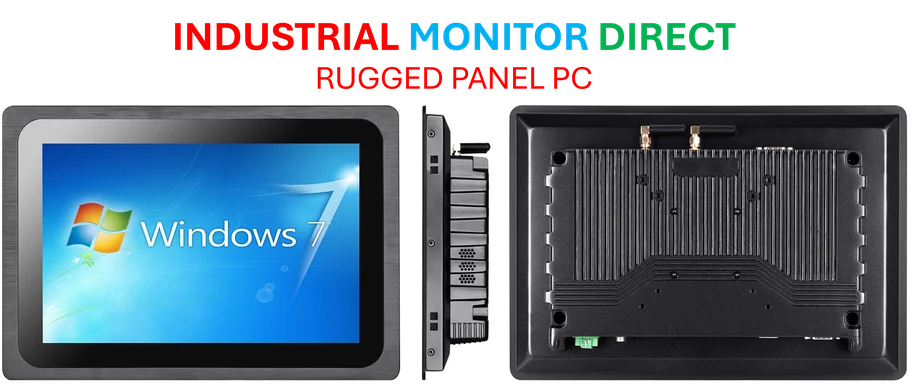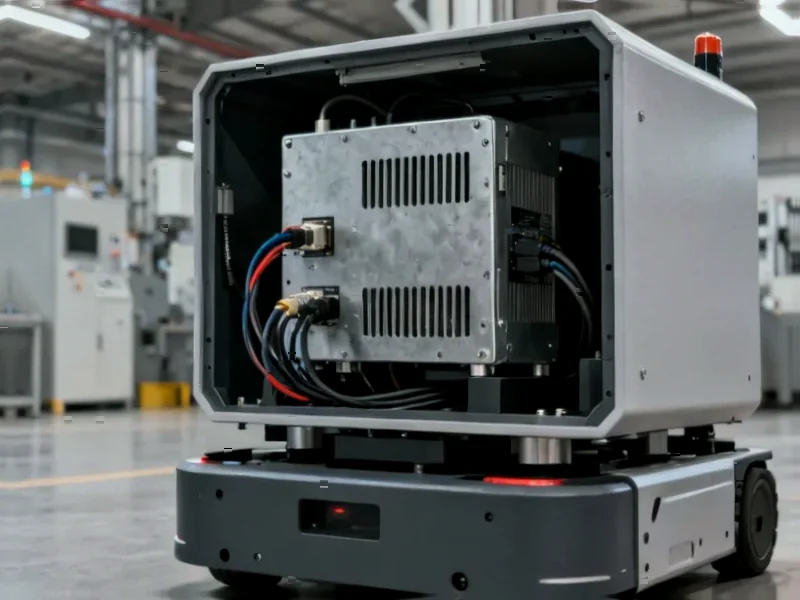According to Sifted, their AI 100 ranking reveals that more than 700 investors have backed Europe’s most promising AI-native startups valued under $1 billion. Seedcamp tops the list with 13 portfolio companies including Dust and Murphy, while Index Ventures follows with 10 investments including top-ranked Cradle and PolyAI. US-UK investors dominate the landscape, participating in roughly 40% of all European AI deals over the past year. Hugging Face cofounder Thomas Wolf and Y Combinator also each backed 10 startups, while public funds like the European Innovation Council and Bpifrance made the top 10. Angel investors account for nearly one-fifth of the most active backers, including DeepMind exec Mehdi Ghissassi who invested in two of the top five startups.
The Funding Picture
Here’s the thing about European AI funding – it’s becoming increasingly American. When five of the top ten investors are US-based and they’re participating in 40% of all deals, that tells you something about where the real money and expertise is flowing from. And it’s not just the big names like Sequoia and General Catalyst either. Even UK funds like Seedcamp and Index Ventures have that cross-border reach that local European VCs might lack.
But is this a good thing for Europe’s AI ecosystem? On one hand, it brings global validation and serious capital. On the other, it means the biggest successes might ultimately answer to Silicon Valley boardrooms rather than local markets. The composition of these portfolios is telling too – heavy on infrastructure and vertical applications, which suggests investors are looking for defensible moats rather than flashy consumer apps.
Angels and New Players
What’s really interesting is that nearly 20% of the most active investors are angels. That’s huge. When you see Hugging Face cofounders and DeepMind execs personally writing checks, that’s not just about returns – it’s about ecosystem building. These are people who actually understand the technology making bets on what comes next.
And the new funds entering the scene? The NATO Innovation Fund launching in 2023 shows even defense alliances are getting in on the action. Basically, everyone wants a piece of Europe’s AI future. But here’s my question – with so much foreign capital flowing in, are we building European AI companies or just European outposts for global funds?
Geographic Spread
The UK leads European representation with 18% of backers, which makes sense given London’s financial hub status. Germany, France and Sweden round out the top spots with their own active VC scenes. But look at the numbers – the most active German and French investors have five portfolio companies each, while the top players have double that.
This creates a sort of two-tier system where a handful of globally connected funds get access to the best deals, while local champions pick up what’s left. It’s not necessarily bad, but it does concentrate power. And in a field where computing resources and talent are increasingly expensive, that concentration matters.




